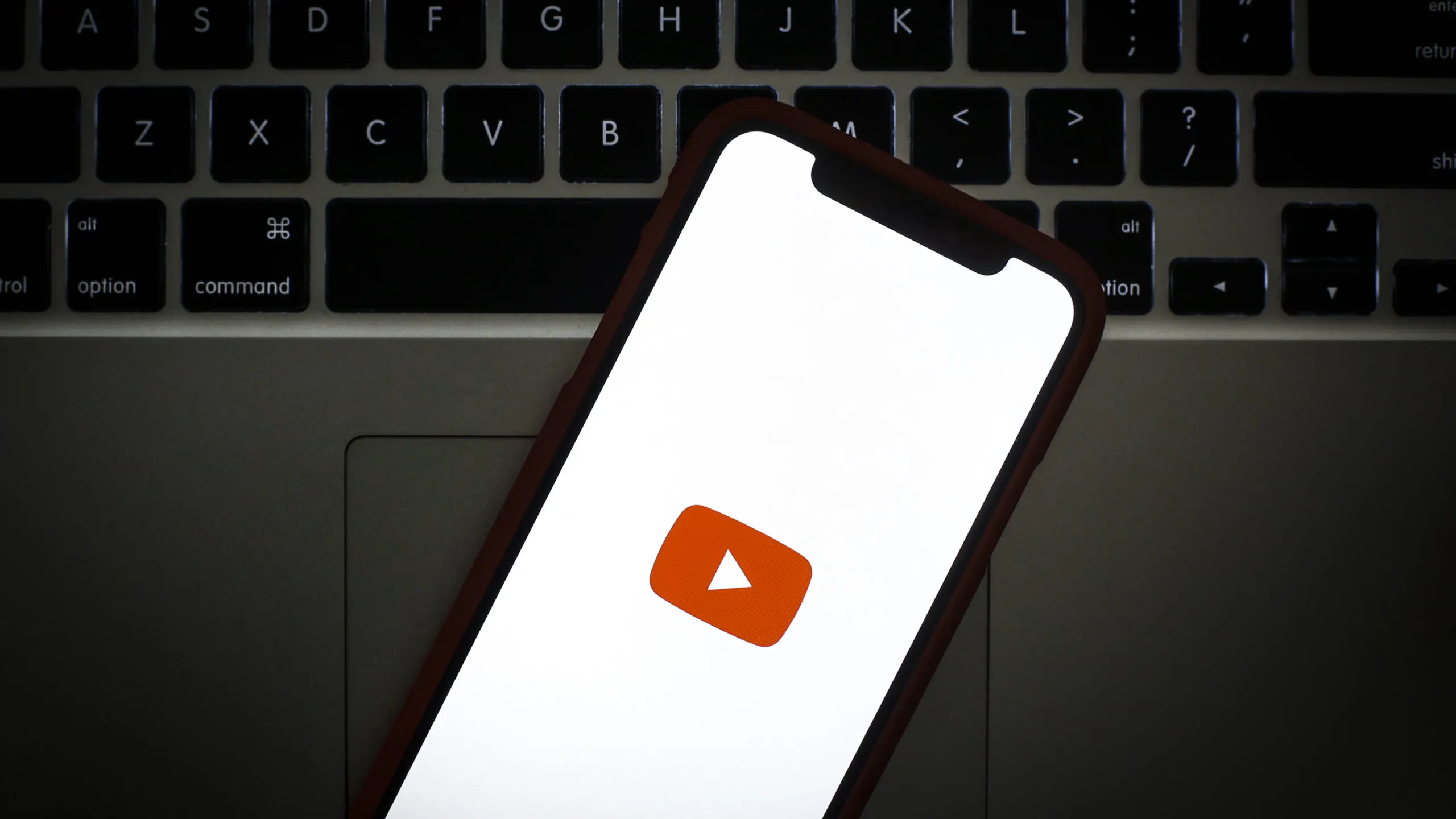The Twitter Files revealed that one of the most important content distribution platforms on the internet had been corrupted by severe ideological bias. Leaked documents reveal Twitter staff suspending accounts and tinkering with distribution algorithms for purely political reasons. The Right always suspected Twitter wasn’t a fair forum; the Twitter Files proved it.
The Right has long held similar suspicions about YouTube, which has an estimated monthly user base of 2.6 billion compared Twitter’s estimated 368 million monthly users. Critics tend to focus on obvious acts of censorship: Banning videos or shutting down channels for no apparent reason other than they offend liberal sensibilities. Alternative video hosting sites like Rumble have emerged to provide Right-wing and heterodox voices a censorship-free platform, but the audiences for those sites remain a microscopic fraction of YouTube’s.
My company, Good Kid Productions, has just been victimized by what appears to be a more subtle means of YouTube censorship, a way for the site to shut down dissident voices under the guise of “community safety.”
Late last year, our channel released documentary investigating two famous viral incidents centered on Kenosha, Wisconsin: The summer of 2020 shooting of Jacob Blake, a black man, by a white police officer, and, in the midst of the subsequent violent BLM riots, the killing of two people by Kyle Rittenhouse, a teenager who came to Kenosha with an AR-15-style rifle to help protect private businesses.
For the first four weeks after its release, the video was untouched by YouTube management, allowing it to steadily rack up views. Then, suddenly, in late December, without warning, YouTube designated the video as “age-restricted.”
This is supposed to be a yellow-card punishment. Videos get slapped with this designation for violating “community guidelines,” vaguely defined rules supposedly intended to prevent violent, sexual, dangerous, or otherwise inappropriate content from polluting the platform. The “age-restricted” designation doesn’t fully nuke the video: It gets to stay up, but under restrictions that, in theory, simply prevent it from reaching an underage audience.
In practice, age restriction is a death knell: The video can’t be embedded on external websites; viewers have to sign in before they can watch it; and it receives scant – if any – boost from YouTube’s recommendation algorithm, which is a crucial source of views.
A documentary deconstructing the media’s coverage of a police shooting and the resulting mass riots is, admittedly, going to contain some mature themes. But all the “mature” visuals come from publicly available news pieces that are themselves available unrestricted on YouTube. The violence isn’t graphic. It’s the sort that might make PBS News. There’s no blood, guts, or sex, and there’s just a single use of profanity (by a BLM activist). And YouTube’s community guidelines explicitly carve out exceptions for news pieces, which is exactly what our documentary is.
The original age restriction notification did not specify what part or parts of the video were problematic, so we were left to guess how to fix it. YouTube has native editing tools that allow channel managers to modify videos after they’ve been published. We used them to blur out some gun violence and then formally submitted an appeal, which is supposed to be overseen by a flesh-and-blood human being.
On January 1, we received a reply from “Emman” at YouTube support informing us that “a human reviewer re-evaluated your content and determined that it does violate our Community Guidelines. We know this is probably disappointing news, but it’s our job to make sure that YouTube is a safe place for all.”
That’s it for the explanation. Emman didn’t provide specifics. He (she? it?) didn’t tell us what triggered the original designation or what doomed our appeal. Presumably, YouTube gets thousands of appeal requests every day. We’re not expecting a detailed report; we just want to know what specifically the human reviewer saw that made them rule to retain the restriction.
We responded by asking what specific parts of the video would need to be modified to drop the restriction. On January 12, Emman replied: “I understand that you would like to blur out your video, and have them [sic] be reviewed again. Unfortunately, if the video is already reviewed by our internal team the decision is final regardless if the video is edited or not.”
And that’s it. There is no next step. Views on the video have dropped to a trickle. It’s been shared by several large social media accounts, each with millions of followers, but the age restriction is a traffic choke point, substantially squeezing down the audience generated by those shares.
There’s no definitive proof this restriction is political, but it’s hard not to be suspicious. Our documentary deconstructs the lazy, leftist lies about race and police that saturate Silicon Valley. What would a Twitter Files-like revelation of the internal communications of YouTube reveal? How many of these restriction decisions are arbitrary? And how many are driven by an agenda?
Rob Montz, co-founder and CEO of Good Kid Productions. His latest online documentary is The Broken Boys of Kenosha.
The views expressed in this piece are those of the author and do not necessarily represent those of The Daily Wire.

Continue reading this exclusive article and join the conversation, plus watch free videos on DW+
Already a member?

.png)
.png)

